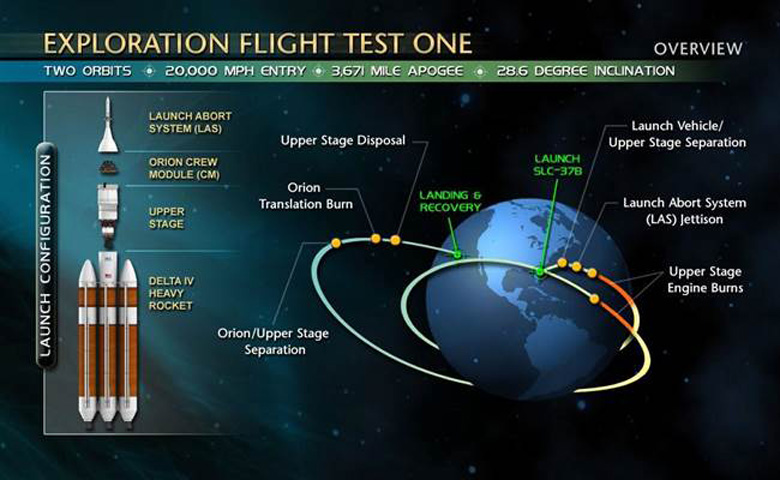

Scientists use these images to track changes on Earth's surface. NASA uses satellites in space to gather images like these over the whole world every day. “The world is about to be new again.”Ĭorrection: A previous version of this article gave the incorrect date Stephan’s Quintet was discovered. These images show the Earth's surface and clouds in true color, like a photograph. “The James Webb Space Telescope will give us a fresh and powerful set of eyes to examine our universe,” Smith wrote in an update. Smith has worked on Webb since the project began in the mid-1990s. 04.16.15 - Landsat-8 image showing a portion of the EF-4 tornado track northwest of Rochelle, Ill. NASA's SPoRT Disaster Response Team Provides Imagery for Illinois Tornadoes. The initial goal for the telescope was to see the first stars and galaxies of the universe, essentially watching “the universe turn the lights on for the first time,” said Eric Smith, Webb program scientist and NASA Astrophysics Division chief scientist. 04.16.15 - A green star marks the location of NASA's Curiosity Mars rover after a drive on the mission's 957th Martian day, or sol, (April 16, 2015). It will be the deepest humans have ever looked into the universe. Called gravitational lensing, this will create Webb’s first deep field view of incredibly old and distant, faint galaxies. The final target is SMACS 0723, where a massive group of galaxy clusters act as a magnifying glass for the objects behind them. Webb telescope's massive mirror hit by micrometeoroid The giant gas planet, which was discovered in 2014 and has half the mass of Jupiter, completes an orbit around its star every 3.4 days.Īrtist conception of the James Webb Space Telescope, dating to 2019. The spectrum will include different wavelengths of light that could reveal new information about the planet located 1,150 light-years from Earth, such as whether it has an atmosphere. This stellar nursery, where stars are born, is one of the largest and brightest nebulae in the sky and is home to many stars much more massive than our sun.Īdditionally, the first full-color spectrum of an exoplanet, known as WASP-96b, will be shared on Tuesday. One of the targets is the Carina Nebula, located 7,600 light-years away. The targets were selected by an international committee, including members from NASA, the European Space Agency, the Canadian Space Agency and the Space Telescope Science Institute in Baltimore. The first five cosmic targets of Webb were shared by NASA on Friday, providing a teaser for what we can expect to see in the image release. The first image release will highlight Webb’s science capabilities as well as the ability of its massive golden mirror and science instruments to produce spectacular images. 'Deepest image of our universe' ever taken by Webb Telescope will be revealed in July Just head to NASA.We have some of the most beautiful B-roll footage you've ever seen! Shown here, the James Webb Space Telescope primary mirror illuminated in a dark cleanroom. These photos, that date back through the last 30 years, can be timed precisely to your birthday! view the help documentation), and/or choose a date range. To celebrate the 27,000-pound baby’s birthday, NASA uploaded 366 photos of various events observed by Hubble. Query and order satellite images, aerial photographs, and cartographic products through the. If the James Webb telescope satellite ends up taking over its job to photograph the confines of the universe, the legacy left by Hubble is still immense. If the wandering satellite has made it possible to understand a little more about what surrounds us–mainly that the universe is constantly expanding–Hubble has also photographed every moment of its mad dash through the unknown. Nota (ESA/STScI), and the Westerlund 2 Science TeamĪ black hole? A galaxy? A cluster of stars? It’s up to you to find out where Hubble was when you were born!Īpmarked 30 long years that the Hubble telescope has traveled the vastness of space, alone, to discover the mysteries of the universe. NASA, ESA, the Hubble Heritage Team (STScI/AURA), A.


 0 kommentar(er)
0 kommentar(er)
